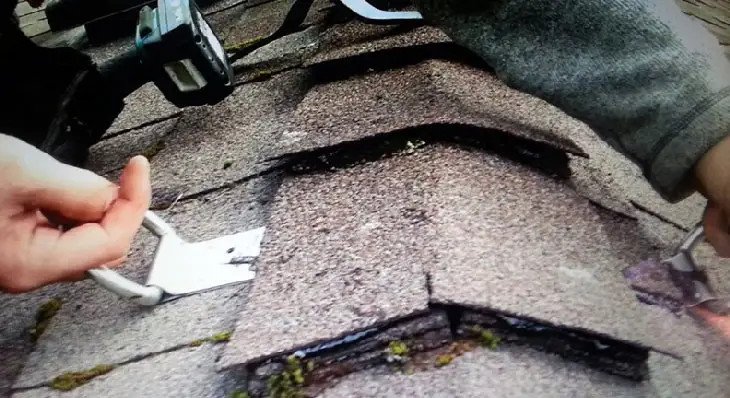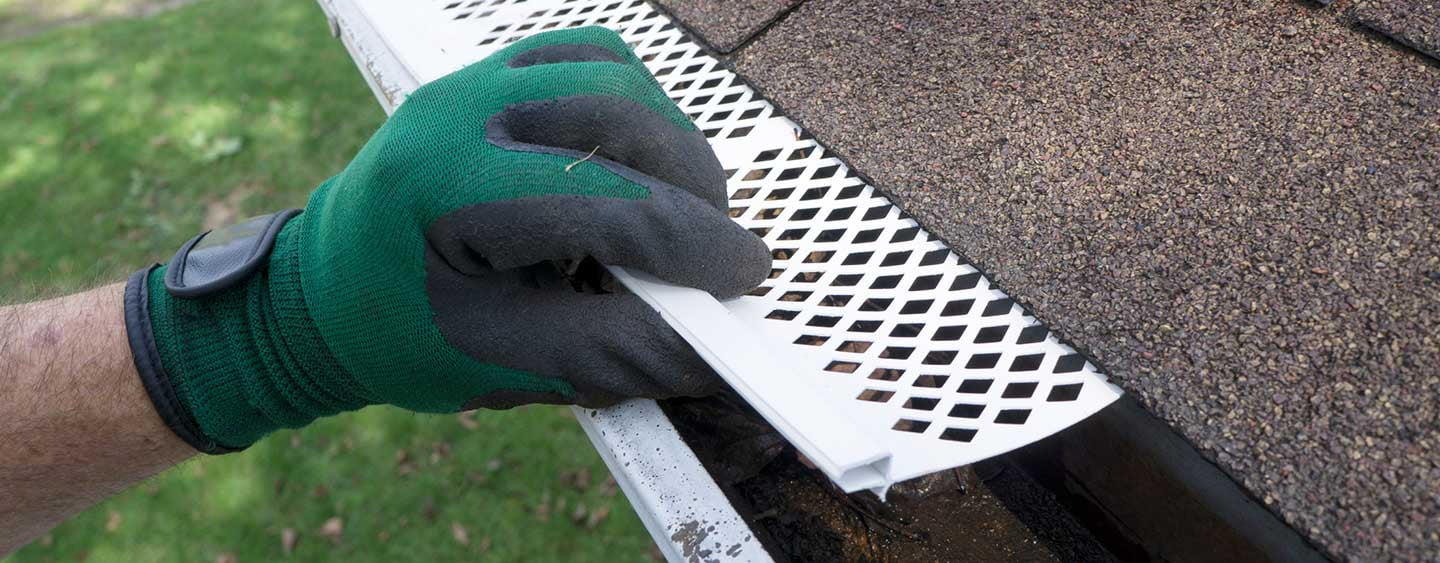
A roof is an element of a building envelope. It's the covering on the topmost a part of a building or shelter that provides safeguard from animals and weather, especially rain or snow, however conjointly heat, wind and daylight. The word conjointly denotes the framing or structure that supports that covering.
The characteristics of a roof are dependent upon the aim of the building that it covers the offered roofing materials and also the native traditions of construction and wider ideas of branch of knowledge style and follow and will even be ruled by native or national legislation. In most countries a roof protects primarily against rain. A gallery could also be roofed with material that protects against daylight however admits the opposite components. The roof of a garden conservatory protects plants from cold, wind, and rain, however admits light-weight.
You would like to have the examination done once before the season with the most ruthless weather and once after. In the northern climes, the ruthless weather is winter where the cold, storms and rainfall contributes more to the demise of the roof. On the other hand, where hot weather rules, summer is the severe season. The solar ultraviolet radiation is higher, and the roof is subjected to elevated heat and to thermal shock due to rapid cooling during summer rains. So you would like to check the roof before the ruthless season to get ready the roof for its ordeal to come and once after it has tough the season to repair any problems that happened during.
Sometimes, a formal wetness inspection should be done in accumulation to the normal visual inspection. There are three major types of wetness inspection systems used, none of which really measures water. All of them evaluate properties of the roof resources that change when there is water present.
- An infrared scan measures that the number heat preserved or lost throughout the insulation. Wet insulation transmits high temperature higher than dry materials. Therefore, the infrared camera can obtain the upper levels of heat radiated by wet materials.
- Nuclear atom meters work by sending hydrogen ions into the roof system and enumeration the amount that bounce back. For the reason that water has two hydrogen ions in each molecule, the amount of ions counted increases significantly when water is there in the roof.
- Electrical capacitance and resistance meters analyze the ability of roof property to conduct electricity. They work on the principle that damp materials conduct electricity better than dry ones do.
Each of these testing ways has limitations that require to be discussed with a roofing expert to resolve their applicability to a specific roof earlier than they are used. It is useful to have a formal wetness survey done at least once each five years. If a roof is found to be in minor condition at any time, a survey must be used at that time to assist formulate a course of action.





